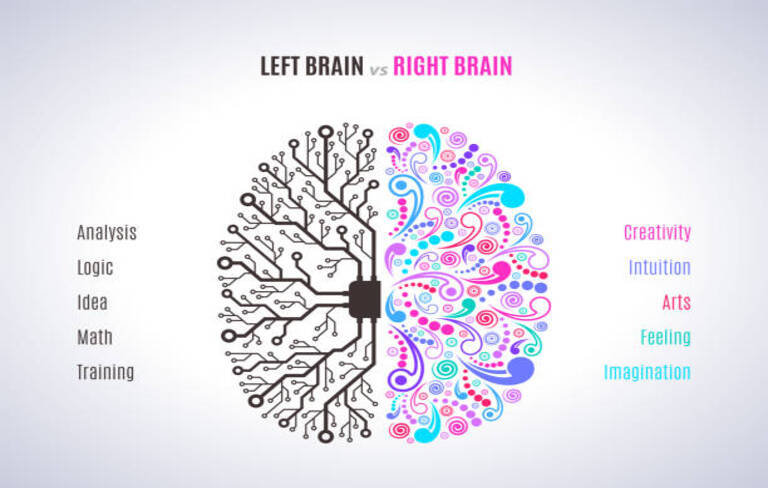What are the similarities between critical and creative thinking?
Despite seeming diametrically opposed, critical and creative thinking share some surprising similarities:
Both are iterative and dynamic: Both involve exploring possibilities, analyzing results, and revising approaches. You cycle through evaluating existing information, generating new ideas, and testing their validity.
Both require flexibility and open-mindedness: Both demand the ability to consider different perspectives, embrace ambiguity, and challenge assumptions. They ask you to let go of fixed patterns and consider the unexpected.
Both involve problem-solving: Both aim to overcome challenges and find solutions. Critical thinking tackles existing problems by analyzing their causes and effects, while creative thinking seeks novel solutions for new or unexplored problems.
Both utilize cognitive resources: Both rely heavily on memory, attention, and reasoning skills. They activate similar brain regions responsible for processing information, generating ideas, and evaluating options.
Both are essential for innovation: Both are crucial for developing new ideas, concepts, and solutions. Critical thinking ensures the feasibility and practicality of creative ideas, while creative thinking breaks free from rigid structures to unlock new possibilities.
Both benefit from collaboration: Both are enhanced by working with others, sharing perspectives, and building on each other's ideas. Bouncing ideas off others provides feedback, challenges assumptions, and sparks new angles to explore.
In summary, while critical and creative thinking have distinct functions, they share core characteristics that make them complementary cognitive tools. Recognizing their similarities can help you leverage both effectively to analyze, innovate, and solve problems with greater depth and impact.

Comments
Post a Comment
Thanks